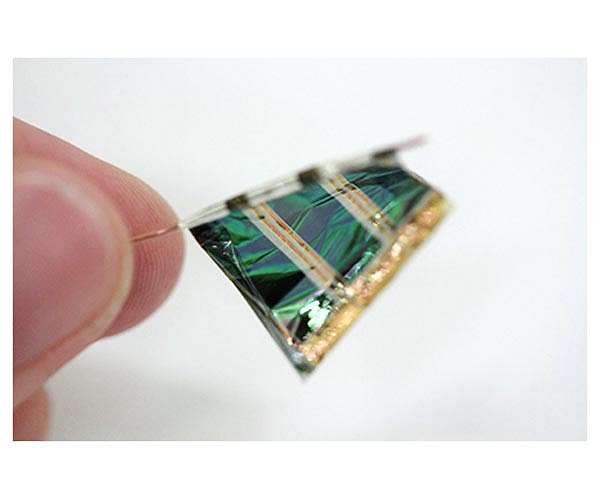New method increases the efficiency and lifespan of organic solar cells
Researchers from Abo Akademi University in Finland have uncovered and addressed a previously unknown loss mechanism in organic solar cells, significantly improving their efficiency and operational lifespan. The findings provide a route for advancing the performance and stability of these renewable energy devices.
Abo Akademi University’s Organic Electronics Research Group worked with Professor Chang-Qi Ma’s team from the Suzhou Institute for Nano-Tech and Nano-Bionics to achieve these results. Major contributions from Abo Akademi University include Ronald Osterbacka, Sebastian Wilken and Oskar Sandberg.
The research indicates an exceptional efficiency of more than 18% for solar cells with inverted structure and a surface area of 1 cm. In addition, these cells demonstrated a record lifetime of 24,700 hours when exposed to white light, corresponding to a predicted operational life of more than 16 years.
Organic solar photovoltaics (OPVs) are attractive for commercial applications due to their lightweight and flexible properties and energy-efficient production. Over the past five years, the energy conversion efficiency of OPVs has increased dramatically, with conventionally structured cells exceeding 20% under laboratory conditions. However, the materials used in these devices degrade when exposed to sunlight and air, limiting their long-term stability.
To extend service life, researchers advocate using the most robust material for the top contact layer. Inverted structure solar cells (or nip solar cells) offer greater durability, but their efficiency lags behind that of conventional designs. This new discovery addresses this gap and shows a clear route to improving both the performance and durability of these inverted solar cells.
The study identified a narrow recombination region caused by the ground contact – typically made of metal oxides such as zinc oxide – as a critical loss mechanism. By introducing a thin, solvent-processed passivation layer of silicon oxide nitrate (SiOxNy) onto the bottom contact, the researchers eliminated the recombination region. This innovation improved the photocurrent and overall efficiency of the solar cells. The findings suggest that this approach is feasible for large-scale production of efficient and stable organic solar cells.
Research report:Inverted organic solar cells with an in situ derived SiOxNy passivation layer and an energy conversion efficiency of more than 18%

